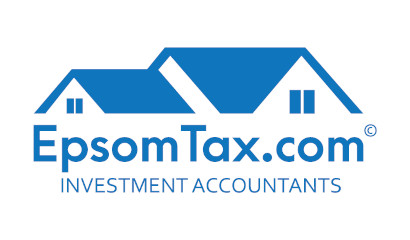SHOULD I GET THE COMPANY TO BUY ME A CAR?
That’s a good question. Firstly, it depends on whether your company is a Look Through Company (LTC) or not. If it is, then it may be that your company can buy you a car and there will be little or no Fringe Benefit Tax (FBT) to pay. See here for more info.
If not, then FBT needs to be considered. However, before we get into that we’ll discuss the two ways to use a vehicle in your business.
1. Business use of a private vehicle
This means that you own the vehicle in your personal name. You can claim business use of the vehicle up to a point: either claim 25% of total usage costs as a business expense, or claim (possibly) a larger proportion if you keep a logbook, or claim using standard mileage rates as provided by IRD or organisations like AA. There are some limits, rules and regulations around these provisions so make sure you get your maths right!
2. Company-owned vehicle
In this scenario you will have to pay FBT for private use. More about that below. In some situations there is no FBT to pay. However, generally speaking if you are a small business owner and you have a company-owned vehicle there will usually be some FBT to pay (or a personal contribution towards the cost of your private use).
This brings us to…
FRINGE BENEFIT TAX (FBT)
What is it?
FBT is a tax you pay on a fringe benefit. That is, you get some sort of benefit from your company, but it is not wages. The Law says you have to pay tax on that.
How is it paid?
You elect to pay FBT by advising IRD; you can pay at different intervals, generally quarterly or annually.
How is it calculated?
Here are the IRD calculators. Enjoy.
Is it compulsory?
Hmm, it depends on the circumstance. Talk to your accountant. There is not a blanket answer that fits every circumstance.

EXAMPLE
Perhaps an example would help. Let’s say you have a Holden Commodore, purchased for $50,000 incl GST within the last 5 years. It is currently worth $20,000 incl GST. It is available on the weekends for private use. No personal contribution is made towards private use. It is not a pooled vehicle.
Method 1: FBT based on original purchase price:
- ($50,000 x 104 days x 20%) divided by 365 days = $2,849.31
- The value of the fringe benefit is $2,849.31. Multiply this by 49.25% (which equals $1,403.28)
- Add the GST on the fringe benefit ($2,849.31 x 3 then divided by 23, which equals $371.64)
- Total FBT to pay is $1,403.28 + GST of $371.64, which equals $1,774.92
Method 2: FBT based on the depreciated value:
- ($20,000 x 104 days x 36%) divided by 365 days = $2,051.50
- The value of the fringe benefit is $2,051.50. Multiply this by 49.25% (which equals $1,010.36)
- Add the GST on the fringe benefit ($1,010.36 x 3 then divided by 23, which equals $131.78)
- Total FBT to pay is $1,010.36 + GST of $131.78, which equals $1,142.14
In this example the depreciated value is quite a bit lower, but the % is higher too: 36% instead of 20%. There are a few rules around minimum values and methods which need to be considered too.
See here for the calc. sheets.
WHAT SHOULD I DO?
The best thing is to do the math on each way of accounting for the vehicle, and then work out what will give the best results. And, we suggest you chat to us about it.
Recent Posts
Pages
Useful Links
Services
Contact Details
Phone: 0800-890-132
Email: support@epsomtax.com
Fax: +64 28-255-08279
EpsomTax.com © 2021
